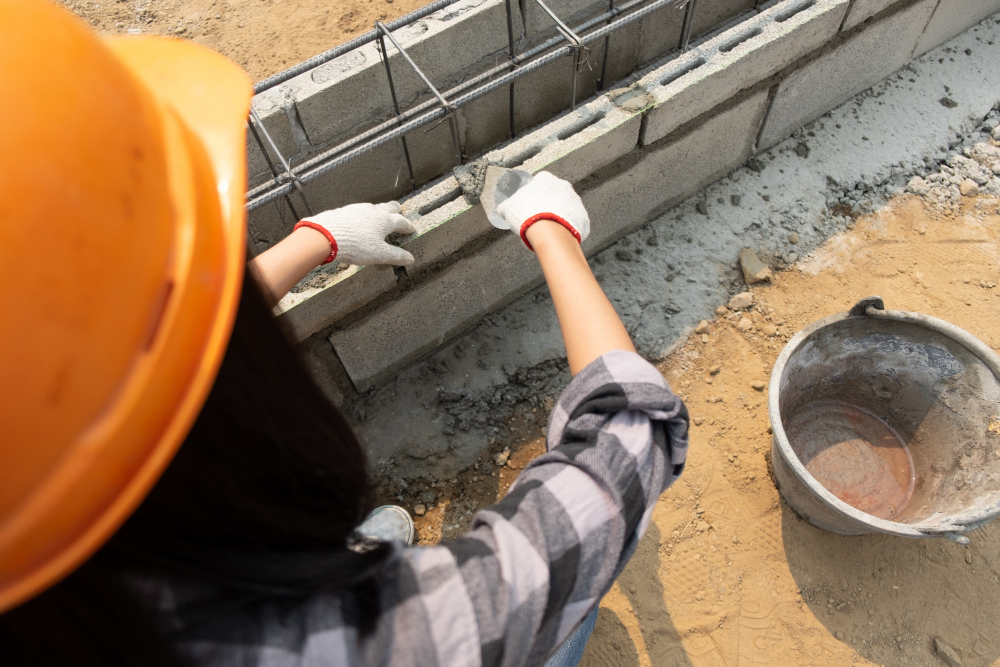Waterproofing is one of the essential components of any construction project, particularly for structures that are exposed to moisture or water. Cement waterproofing is a popular technique that is widely used in construction to protect the structure from water damage. In this blog, we will discuss cement waterproofing, its techniques, and the benefits it offers.
What is Cement Waterproofing?
Cement waterproofing is a process that involves the application of a waterproofing compound to the surface of the cement. The compound creates a barrier that prevents water from seeping into the structure, thereby preventing water damage. Cement waterproofing can be applied to both new and old structures.
Techniques of Cement Waterproofing:
There are different techniques for this, which include:
- Integral Waterproofing: This technique involves adding waterproofing agents to the concrete mix during the mixing process. The agents become an integral part of the concrete and prevent water from seeping through.
- Surface Waterproofing: This technique involves the application of a waterproofing compound to the surface of the cement. The compound forms a protective layer on the surface, preventing water from penetrating the structure.
- Crystalline Waterproofing: This technique involves the application of a crystalline compound to the surface of the cement. The compound penetrates the concrete and forms crystals, which fill the gaps and pores, preventing water from seeping in.
Benefits of Cement Waterproofing:
Cement waterproofing offers several benefits, including:
- Prevents Water Damage: Waterproofing cement protects the structure from water damage, thereby increasing its lifespan.
- Reduces Maintenance Costs: A waterproofed cement structure requires less maintenance, reducing maintenance costs.
- Improves Indoor Air Quality: Waterproofing cement prevents the growth of mold and mildew, which can lead to respiratory problems, thereby improving indoor air quality.
- Increases Property Value: A waterproofed cement structure is more durable and attractive, increasing its value in the real estate market.
Cement waterproofing is an essential process that ensures the longevity and durability of a structure. It offers several benefits, including preventing water damage, reducing maintenance costs, improving indoor air quality, and increasing property value. The different techniques of cement waterproofing offer various options for construction professionals to choose from, depending on the specific needs of their project. Overall, cement waterproofing is a worthy investment for any construction project that requires protection against water damage.

